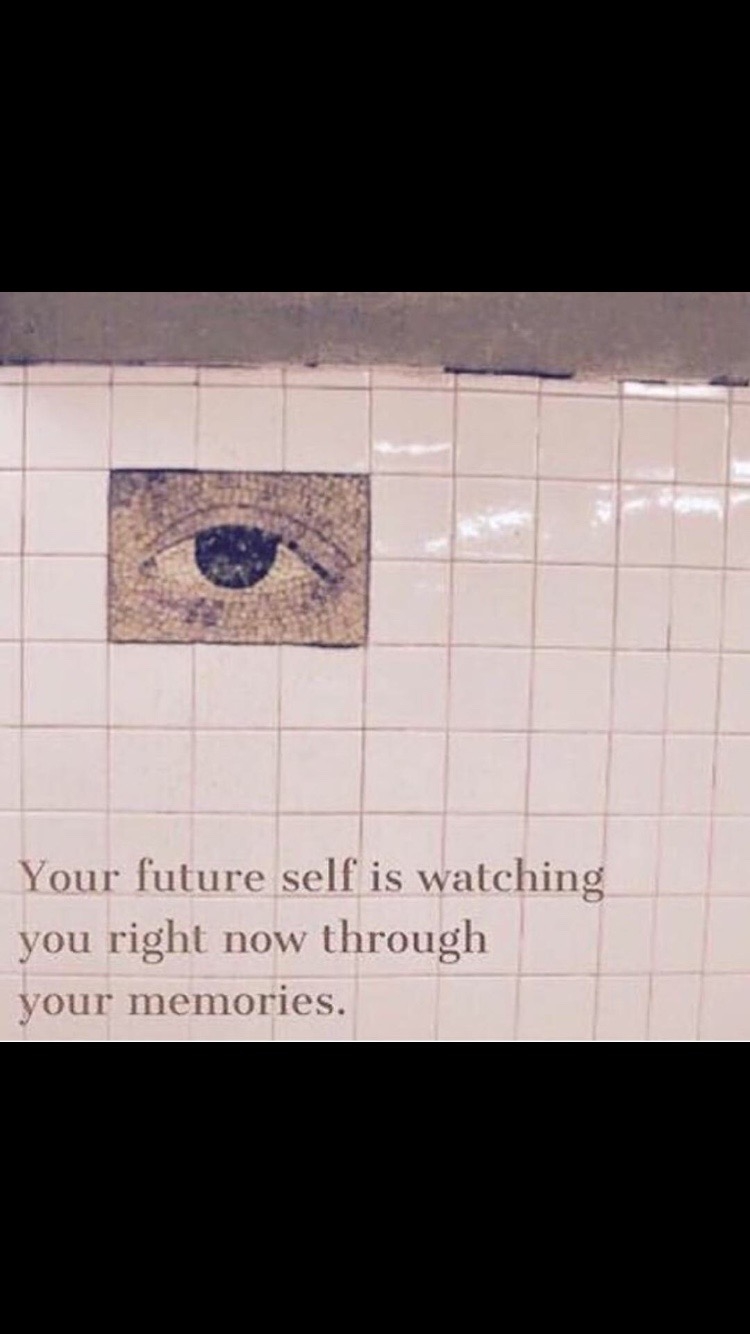We sat and talked. We didn’t speak about the future which felt like a dense fog settling around our shoulders. Our hopes reflected off the mist. Of course there was a future. There always is a future but not one you could see it or want to. There was only the immediate moment to navigate to get to the unseen future. The future never stops and waits for us. It just hides while you struggle to visualize what it may be. I left that evening and entered an empty home.
The next day Donna was to have a thoracentesis to drain the fluid around her lungs.
I held Donna’s hands and watched her grimace as the resident pushed the catheter through her back, into her lung cavity. “This will work,” I thought. “This will work, she’ll be home soon.”
The next day there was good news. The thoracentesis had worked.
Until it didn’t. The fluid came back. I held her hand again, watched her face again, as another catheter stabbed her back. This time it worked. Until it didn’t.
“We need to discuss palliative care,” Dr. B. said.
“Great,” I thought, “this will give us, her, me, more time.”
Normally there were two chairs in the room. Today it looked like a makeshift conference room with four additional chairs. They were perfectly arranged to project a sense of community and comfort. Dr. B. orchestrated where the chairs were placed, who sat, and who stood, thinking all the while of how this meeting would affect her. Palliative care was going to be a major change in her status. No longer was Donna living and being. She was Donna at the end of life.
The residents, social workers, and Hospice staff attending the meeting followed Dr. B.’s lead, staying focused on Donna the person, her life, and my status. Nobody was making the rounds with a clipboard.
Donna wasn’t engaged. Her eyes followed the chairs being moved and the white coats assembling. Her shoulders slumped in surrender. It was the first time I’d ever seen her passive. She wasn’t asking questions. “Don’t give up,” I thought. “Don’t, please.” I couldn’t say it out loud because it would expose the obvious, that she was unable to rise and take flight from her bed.
Dr. B. and Dr. S. suggested Home Hospice. When the Hospice intake staff spoke with me, they weren’t wearing white coats. This was not clinical. It was business. The conversation felt like a sales call, done in a busy hallway of rushing physicians and nurses, with families of patients sitting nearby. Here I was, speaking and answering questions about Donna’s death, in the most public of venues for the world to hear. Intake handed me papers to sign. I did not feel like a person about to lose his wife of 28 years, being offered hope and dignity. I felt like a transaction. The home hospice staff scheduled a delivery of the bed and other items. The next day I sat home and waited. I bought sunflowers to brighten up what would be her death bed.




















